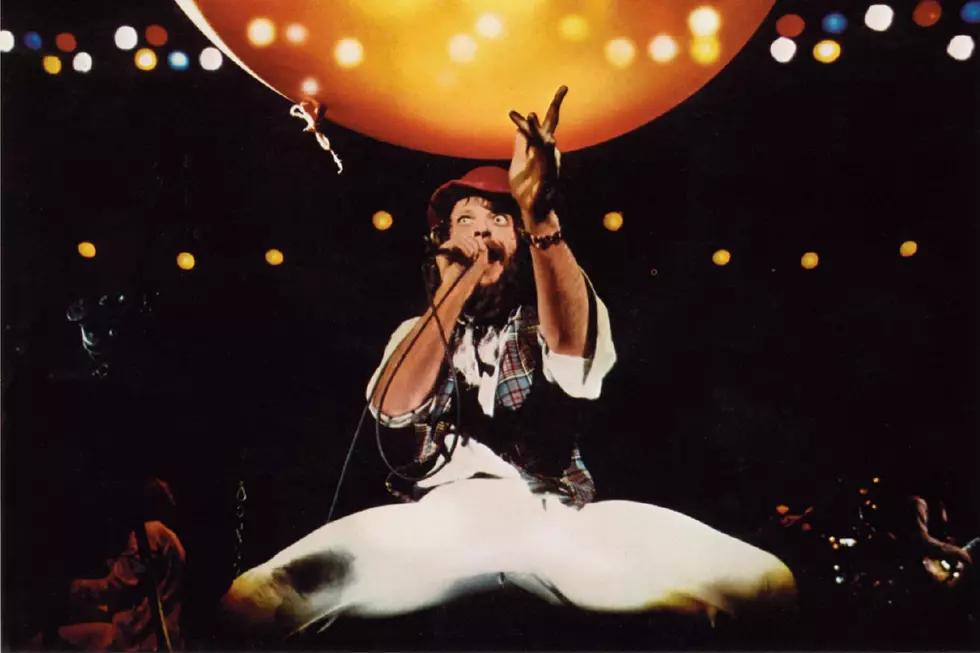
How Jethro Tull Reached a Pivotal Period With ‘Benefit’
Jethro Tull had already released a pair of studio albums by April 1970. Their career-defining fourth LP, Aqualung, arrived the following year.
Somewhere along the way, its underrated predecessor became overlooked. Still, Benefit represents a pivotal period in Jethro Tull’s history.
On the one hand, group members Ian Anderson (who provided vocals, flute and acoustic guitar), guitarist Martin Barre, bassist Glenn Cornick and drummer Clive Bunker were somewhat at odds with their record company, and worn out by extensive touring. On the other, they were enjoying a rare moment of lineup stability: future keyboard player John Evan was already unofficially on hand. The success of the previous year’s Stand Up had given them the confidence to carry on experimenting, moving ever further from their Brit-blues roots of 1968’s tellingly named This Was …
Recorded at London’s Morgan Studios in December 1969 and January 1970, Benefit became an eclectic set containing a little bit of the old, a little of the new and some things that would never be repeated.
Some songs were ambitious, ornate, almost schizophrenic — for example, the opener, “With You There to Help Me,” which alternated stabs of whispering flute and searing lead guitar amid a fog of reverb and hand claps, or the astonishingly “For Michael Collins, Jeffrey and Me,” which braved the very extremes of Tull’s dynamic soft/hard range.
A few numbers included arrangements so complex, they almost got in the way (see “Nothing to Say,” “A Time for Everything” and the occasionally sparkling “To Cry You a Song).” Yet there were also wonderfully immediate songs like the folksy “Inside,” the mysterious “Alive and Well and Living In” (which was left off the U.S. edition of the LP), and the moody “Teacher” (which was absent from the U.K. version), whose ominous turnaround riff clearly predicted “Aqualung.”
The fact that Benefit’s U.S and U.K. track listings were subjected to such discrepancies reveals just how uncertain Chrysalis Records was about promoting Jethro Tull. But then that’s oftentimes the price of devising a sound as original as the one in Anderson’s shaggy head.
Luckily, Tull’s visionary leader would duly show everyone the way on the following year’s Aqualung, after inviting his personal friend Jeffrey Hammond-Hammond into the fold as bassist and solving the labyrinth of his own daunting creativity. Maybe the underrated Benefit was the skeleton key.
Jethro Tull Albums Ranked
More From Ultimate Classic Rock









